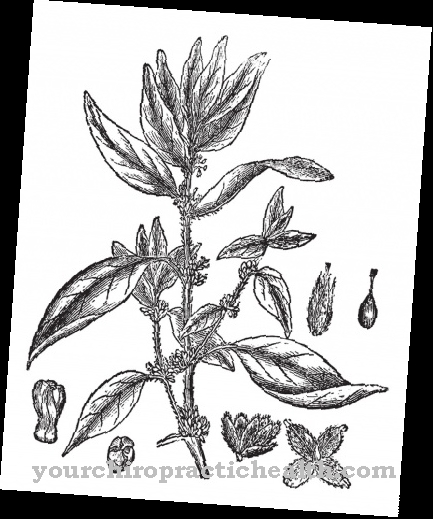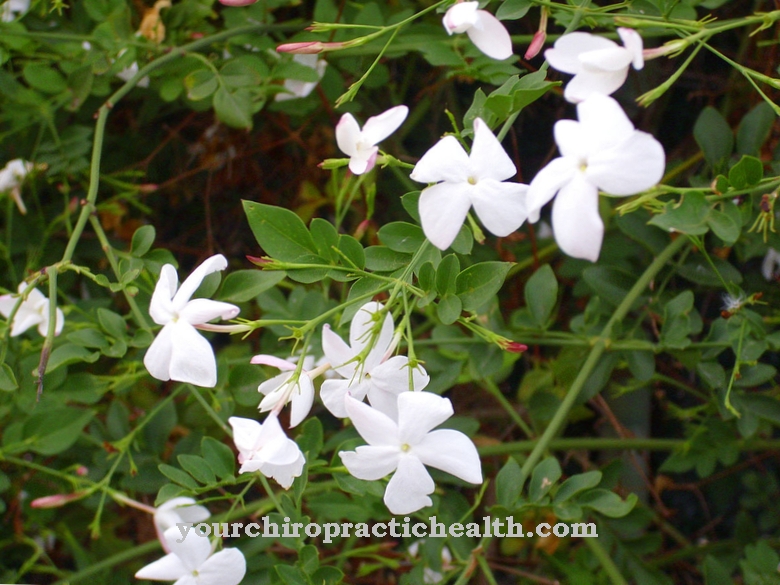peppermint, Latin Mentha piperita, can be found in almost every household, mostly as tea. It belongs to the mint genus, from the mint family.
Occurrence & cultivation of peppermint

The plant of peppermint grows up to 90 centimeters high. The leaves of the herb are used, which are elongated to egg-shaped. The typical taste is determined by a high concentration of menthol in the leaves.
The current form of peppermint came about by coincidence by crossing two types of mint, but was then cultivated for its strong taste. The plant grows in the temperate climate zone and grows there fairly easily in any garden.
It is quite undemanding and grows on any soil. In Germany, peppermint is cultivated in fields, especially in the south. The leaves of the peppermint are collected in early summer before flowering.
Effect & application
The peppermint is a versatile remedy. Only the leaves or the oils obtained from them are used. This is extracted from the leaves of the peppermint using steam and contains menthol and methone as well as tannins, phenol carboxylic acids and flavonoids.
Peppermint is suitable for internal and external use. It is used as a tea, tincture, poultice or in baths. As a medicine, it is administered in the form of dragees and capsules. Peppermint is versatile because its mode of action is very extensive. In addition to having an antibacterial effect, peppermint is also antispasmodic and calming and can relieve pain, especially with stomach and intestinal complaints.
Furthermore, peppermint has a choletic effect and therefore helps with flatulence. When oil from peppermint is used externally, it has a cooling effect on the skin, as it dissipates very quickly and removes heat from the skin. So it has a refreshing effect, but can also bring pain relief for tension. Peppermint is also contained in nasal sprays, as it can cause the mucous membranes to swell for a short time and thus make breathing easier. However, not everyone can tolerate peppermint oils.
In rare cases, the use or ingestion of products containing peppermint can lead to symptoms of hypersensitivity, such as contact eczema and nausea or diarrhea. This is why even babies should not come into contact with the essential oils found in ointments or creams. However, a mild peppermint tea is harmless.
Importance to health
The positive effect of the peppermint has been known in society for a long time. Most people with indigestion take for granted a tea made from peppermint. To prevent these complaints, tea is also recommended, because the daily consumption of peppermint is harmless.
Many kitchens use peppermint to refine their dishes and make them more digestible. It is very tasty in soups, salads and vegetable preparations made from zucchini and aubergine - not to forget the mint sauce for roasting lamb in England. The menthol of the peppermint is able to help with both diarrhea and constipation.
Many sauna infusions contain peppermint, as it has a refreshing effect and promotes the relaxation effect of the sauna sessions. Sticks with a high concentration of peppermint can be used in conjunction with a light massage to prevent tension headaches and migraines.
Since peppermint is also used for symptoms of the upper respiratory tract, cold baths with an addition of peppermint can help prevent a cold from breaking out in the first place.













.jpg)

.jpg)
.jpg)











.jpg)